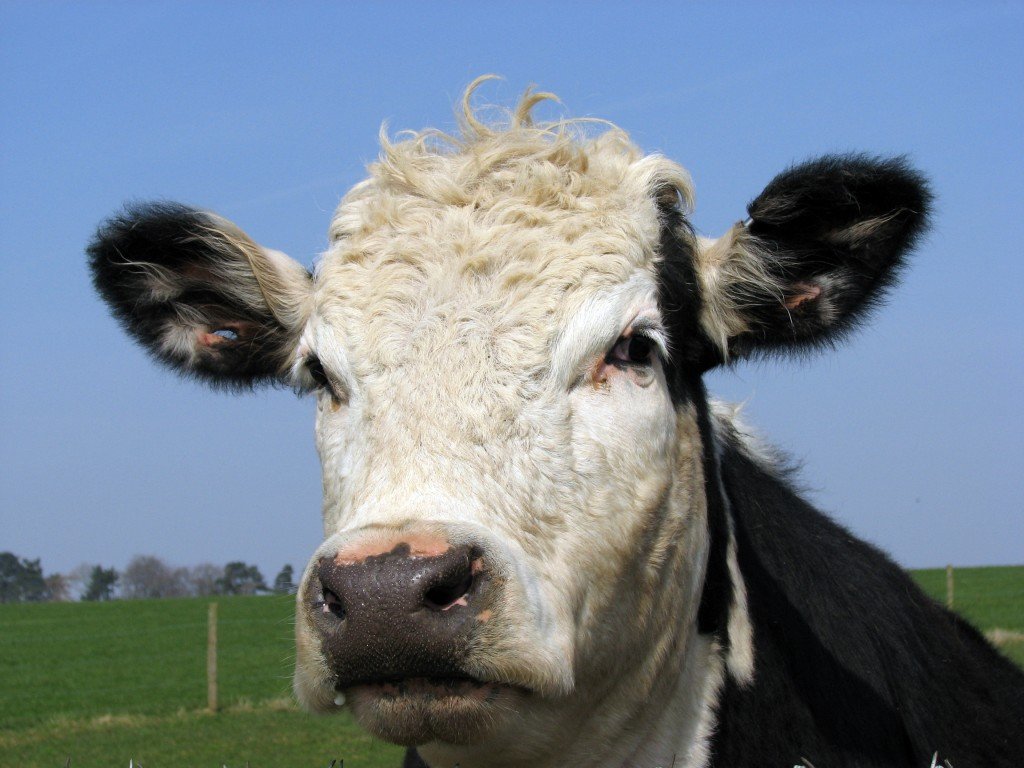Worried my child has developed a dairy intolerance
Dairy intolerance in babies usually happens when the body has difficulties in digesting certain food. In addition, dairy intolerance may also be experienced when there are direct effects of certain substance in the children’s bodies.
 Symptoms of dairy intolerance in babies
Symptoms of dairy intolerance in babies
You might be concerned that your child or baby may be experiencing dairy intolerance or milk allergy. Due to dairy intolerance, the baby may experience some of the following symptoms:
- Your baby is unsettled and not able to sleep
- Your baby may not be putting on weight
- Frequent vomits of the whole foods
- Loose stools
- Green, runny stools
- Hives or red blotches on the skin which are raised
- Colicky
- Your baby shows sighs of reflux
- Excessive wind is experienced by your baby
Another common sign of dairy intolerance is Eczema. Apart from dairy intolerance, the baby may also have food allergies.
How do you know if your child may have milk allergies?
Milk allergy symptoms may be delayed or immediate. This symptoms occasionally occur when the child is very sensitive to the cow’s milk.
Why children and babies develop food intolerance
Currently, food intolerance has been rising and it usually affects about 6 to 8% of children. In fact, nobody is sure why this is happening. However, there has been many theories explaining this. Here are some of the theories:
- The first theory states that some children have less exposure to germs or dirt. Since there are no threats of fighting germs, the body starts attacking its own harmless proteins.
- The second theory which has been proven is that the bodies of the baby are not making enough enzymes required to break down different types of foods.

Difference between dairy intolerance and milk allergy
The first thing that a parent should understand is that dairy intolerance is different from milk allergy. As compared to dairy intolerance which occurs in most babies, about 1 to 2 % of babies have milk allergy. This is a condition whereby the body creates antibodies to fight against food molecules creating allergic condition. The symptoms of milk allergy include: itchiness, vomiting, rashes, diarrhoea, abdominal pain, anaphylaxis and swellings.
Examples of common foods which cause allergic conditions are: eggs, tree nuts, peanuts and milk.
When the food which causes allergic condition is taken, the reaction is faster. It normally takes one hour. Therefore, you can easily spot it.The process occurs after a couple of hours or a few minutes after the food have been consumed. Usually, immediate reactions occur in milk allergy. If your baby vomits all milk continuously within one hour of consumption and pulling up legs with very tense body, it may be a sign that your baby is suffering from a milk allergy. The best thing to do is to consult your health visitor or your local doctor.

Types of dairy intolerance
As highlighted above, milk allergy is different from dairy intolerance. The two types of dairy tolerance are:
- Lactose tolerance
Some of the babies experience this type of intolerance which is related to lack of lactose in small intestines. The body use this lactose for digestion purpose.
A baby who is born with lactose intolerance starts creating more lactose within a few months.
- Milk protein intolerance
The best way to avoid milk protein intolerance is to eliminate all dairy products from your child’s diet for two weeks. In addition, you should also see a doctor before trying soya or goats products. Alternatively, you could use soya which is free of lactose and a special baby formula, speak to your health visitor or local doctor to help advise you of your baby's diet.
